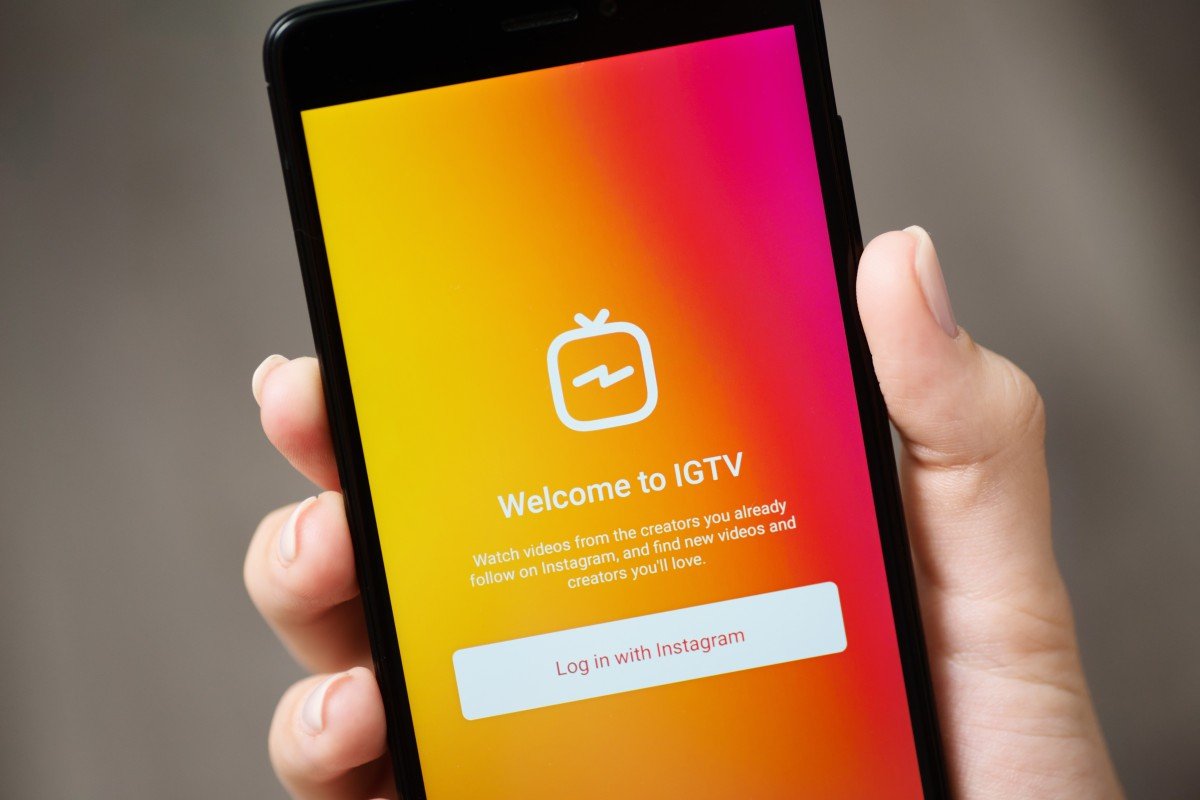When I was in college, I was taught that shooting vertically oriented videos was a big no-no. They said the human eyes are not built to watch videos that way and all TV shows and movies you see are horizontal for a reason. Are they supposed to make vertical TVs now? That was a while ago, and with recent new trends like the launch of IGTV and the new mobile ad format on YouTube, I don’t think what I learned in college is true anymore. The consumer market has spoken and vertical videos are the new black.
When people use their smartphones, they hold them vertically. It’s only natural. The MOVR Mobile Overview Report says smartphone users hold their phones vertically 94% of the time. Vertical is more comfortable, don’t you agree? When people watch videos on their phones, even if it’s a horizontal video, most choose to keep the phone vertical and watch a compacted video with black bars on the top and bottom. They probably won’t watch the whole thing if it’s like that because it’s hard on the eyes. A vertical video, however, takes up all space on the screen, providing more room for your brand to tell a richer story. According to research from MediaBrix, the average viewer will watch 14% of a horizontal video on mobile, but 90% if it’s vertical. This is why Snapchat has evolved so much since it launched in 2011.
Mobile is increasingly the most popular way to receive content, and video is increasingly the most popular form of content to engage consumers. Therefore, a video ad on mobile is the jackpot of digital marketing. Graybo reports that 85% of all web traffic is on mobile and at least 60% of that traffic is video-based. The ratio of mobile viewing to TV viewing is now roughly 50/50, with mobile viewing likely getting the upper hand in the near future.
Software company Animaker did an experiment to prove how vertical videos perform better than horizontal. They created a fun and engaging minute-long video and made two versions of it, one horizontal and one vertical. The videos were promoted separately on Facebook and targeted to the same audience both times. The vertical version reached 58% more people, had 25% more engagements, the cost per click was 150% lower, and 79% more people watched the entire video from start to finish.
Major television networks and movie studios are getting in on the vertical trend as well. According to iab.com, 38% of vertical video ads are for the media. Full-length vertical trailers have been released on social media, CBS This Morning now converts its stories to vertical format and publishes them on IGTV the day they air, and now we have HQ Trivia as the world’s first live mobile game show. Shall I go on?
If you continue your video marketing with horizontal videos, you’re losing lots of potential impressions and engagements. A social media agency that knows these trends inside out will get you on the right track. To join the rise of vertical videos and step up your social media marketing, contact us at The frank Agency.


